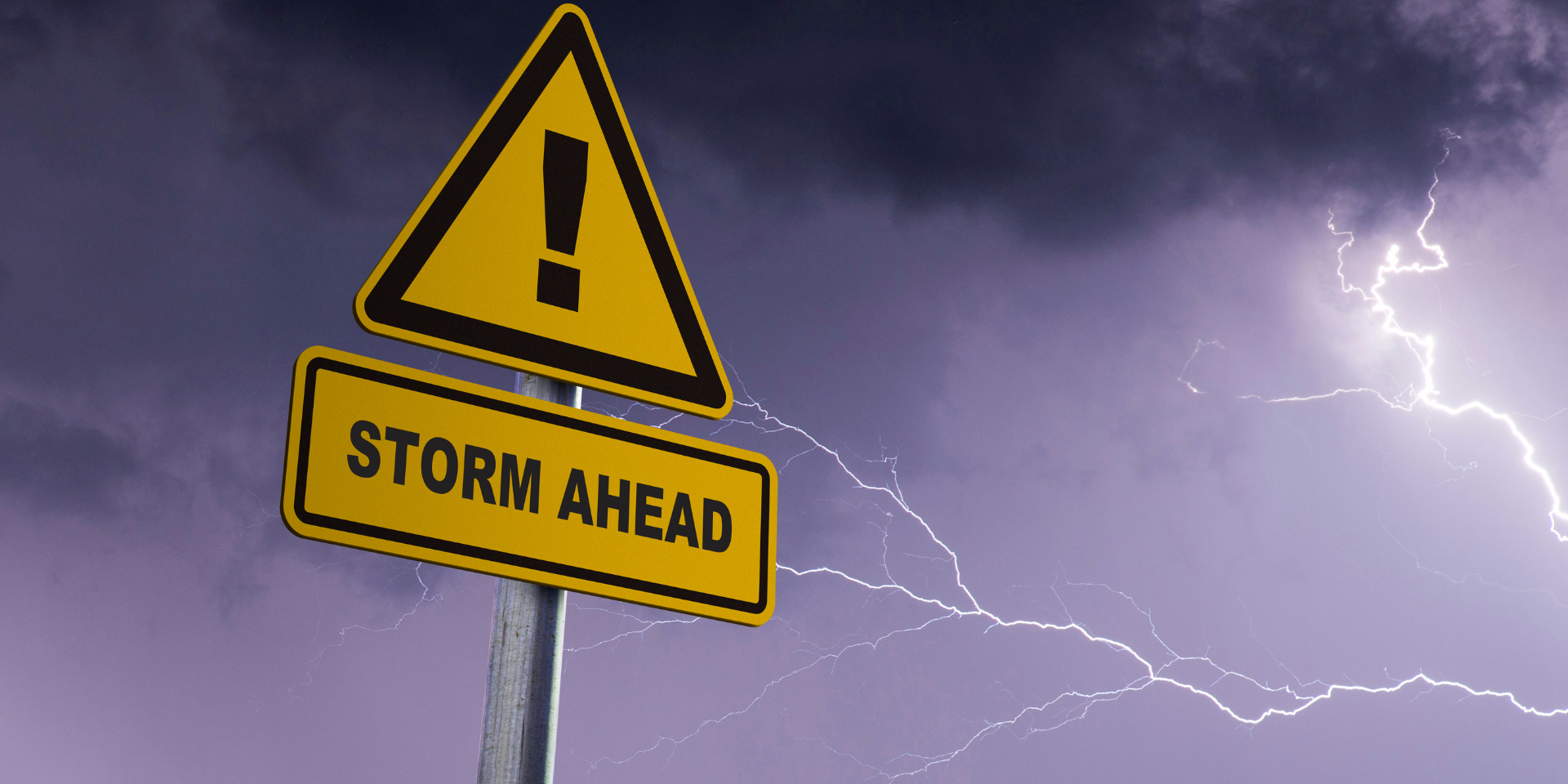Public Adjuster for Storm Damage Claims in Islip, New York
Storm damage can wreak havoc on your property, causing everything from minor repairs to significant structural damage. At JF Public Adjusters, we understand the complexities of storm damage claims and are here to guide you through every step of the process. Whether it’s wind, hail, lightning, or severe rain, our team of experienced adjusters will thoroughly assess your property, document the extent of the damage, and negotiate with your insurance company to ensure you receive the maximum compensation you deserve. Don’t let the aftermath of a storm leave you overwhelmed—contact JF Public Adjusters to get the expert assistance you need to manage your claim and get your life back on track.
The Different Kinds of Storm Claims Usually Covered by A Standard Policy
Wind Damage
Description: Damage caused by high winds from storms, including hurricanes, tornadoes, and severe thunderstorms.
Coverage: This includes damage to roofs, windows, siding, and structures such as sheds or fences. It may also cover debris removal and temporary repairs to prevent further damage.
Hail Damage
Description: Damage from hailstones that can vary in size from small pebbles to golf ball-sized or larger.
Coverage: Typically covers damage to roofs, siding, windows, and sometimes vehicles (if included in an auto policy). Roofs and exterior surfaces are particularly vulnerable to hail damage.
Lightning Damage
Description: Damage resulting directly from a lightning strike or from electrical surges caused by lightning.
Coverage: Covers structural damage from direct strikes, fire damage resulting from lightning, and damage to electrical appliances and systems due to power surges.
Rain and Water Damage
Description: Damage caused by rainwater entering the home due to a storm, such as through a damaged roof or broken windows (also damaged by the storm).
Coverage: Includes water damage to ceilings, walls, floors, and personal property inside the home. It does not typically cover flood damage, which requires a separate flood insurance policy.
Snow and Ice Damage
Description: Damage caused by heavy snowfall, ice storms, or the accumulation of ice on roofs and other structures.
Coverage: Includes damage from the weight of snow or ice causing roofs to collapse, ice dams that prevent melting snow from draining properly, and resulting water damage inside the home.
Falling Objects
Description: Damage caused by objects falling due to storm conditions, such as tree branches, utility poles, or other debris.
Coverage: Typically covers damage to the roof, walls, and other parts of the property struck by falling objects. Also covers the cost of removing the fallen object from the property.
Fire Damage
Description: Fires caused by storm-related incidents, such as lightning strikes.
Coverage: Includes structural damage to the home, damage to personal property, and costs associated with repairing or rebuilding the affected areas.
Tornado Damage
Description: Extensive damage caused by tornadoes, which often combine high winds, flying debris, and heavy rain.
Coverage: Covers structural damage to the home and other buildings on the property, damage to personal belongings, and sometimes additional living expenses if the home is uninhabitable.
Hurricane Damage
Description: Damage from hurricanes, which involve high winds, heavy rains, and storm surges.
Coverage: Typically covers wind and rain damage to the structure and contents of the home. Flood damage from storm surges would require separate flood insurance.
Severe Thunderstorm Damage
Description: Damage from severe thunderstorms, which can include high winds, hail, and lightning.
Coverage: Includes a combination of wind, hail, and lightning damage as described above, as well as coverage for water damage from rain entering through storm-damaged areas.
Filing a claim for storm damage to your Islip, NY home or business?
Don’t let you insurance company push you around. JF Public Adjusters advocate for your rights, securing you the settlement that you’re entitled to. Contact us today for a free consultation and on-site inspection.
Level the Playing Field
Partner With The Property Damage and Insurance Claim Experts
Frequently Asked Questions About Storm Damage and Storm Insurance Claims
Important Considerations in Storm Claims
- Deductibles and Limits: Homeowners should be aware of their policy’s deductibles and coverage limits. Some policies may have separate deductibles for wind and hail damage, especially in areas prone to these types of storms.
- Exclusions: While standard policies cover many types of storm damage, they often exclude flood damage, requiring separate flood insurance. Additionally, damage resulting from poor maintenance or wear and tear is generally not covered.
- Additional Living Expenses (ALE): If a storm renders the home uninhabitable, many policies cover additional living expenses incurred while the home is being repaired.
Understanding the specific coverages in your homeowners insurance policy can help ensure you are adequately protected against the financial impact of storm damage. It’s important to review your policy details and discuss with your insurance agent or a public adjuster to clarify any questions you may have about your coverage.
GET IN TOUCH!
The Leading Property Damage Experts Are Here To Help
CONTACT NEW YORK’S HIGHEST RATED PUBLIC ADJUSTER IMMEDIATELY BY CALLING OUR OFFICE OR BY COMPLETING THE FORM.
CALL US FOR FREE















